Focal Solo6 Be Powered Studio Monitor
Not everyone has the space for, or can get spouse approval to put floor standing speakers into their listening space. Whether you’re looking for a solution for your living room, home office, home theater or studio, the Solo6 Be will more than meet your needs and deliver audio enjoyment that exceeds its price for years to come.
WE LIKE
WE DON'T LIKE
- Authoritative, room-filling bass
- Ruthlessly accurate treble detail
- Built to withstand mastering levels
- Harsh on overly compressed tracks
- Lacks sub-40Hz extension
- No wireless connectivity
WE LIKE
- Authoritative, room-filling bass
- Ruthlessly accurate treble detail
- Built to withstand mastering levels
WE DON'T LIKE
- Harsh on overly compressed tracks
- Lacks sub-40Hz extension
- No wireless connectivity
The Focal Solo6 Be studio monitors are the first “pro audio” product I’ve reviewed here on HTF. Why review them? Largely because the folks who perform the surround mix on the movies, music and games we all enjoy are typically doing so on this exact type of speaker.
Ask anyone who professionally records or produces music what they listen on in the studio, and they’ll invariably tell you they use active (powered) studio monitors. There’s a good reason for this, which mostly comes down to the difficulty of finding a powerful, uncolored and affordable amp that works with the specific design of a given speaker. Studio monitors like the Focal Solo6 Be on the other hand, come from the factory with an amplifier built in. This amplifier is typically designed to drive the exact drivers in the monitor, and includes tone controls to let the listener dial in exactly what they are after. Add on the requirement to take a line-level source directly from a mixing board, the ability to effortlessly handle high SPL (mastering levels) and you’ve got a pretty specific use case.
Mixing and mastering engineers want a monitor that “translates”. This means that what the engineer hears in the studio, will translate accurately from the DAW software (Digital Audio Workstation) of the engineer to whatever consumer listening environment will ultimately consume the content. For this reason, you won’t find many studio monitors that aren’t overbuilt, neutral (faithful to the source content) and a lot of fun to listen to.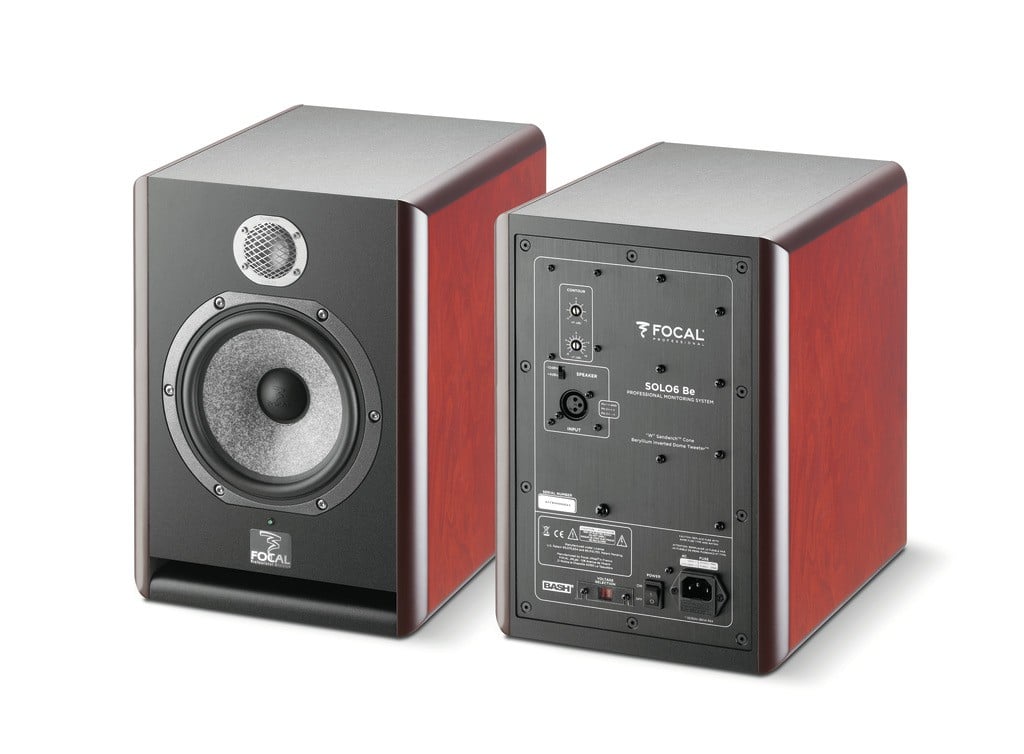
Getting Started – Unboxing & Build Quality
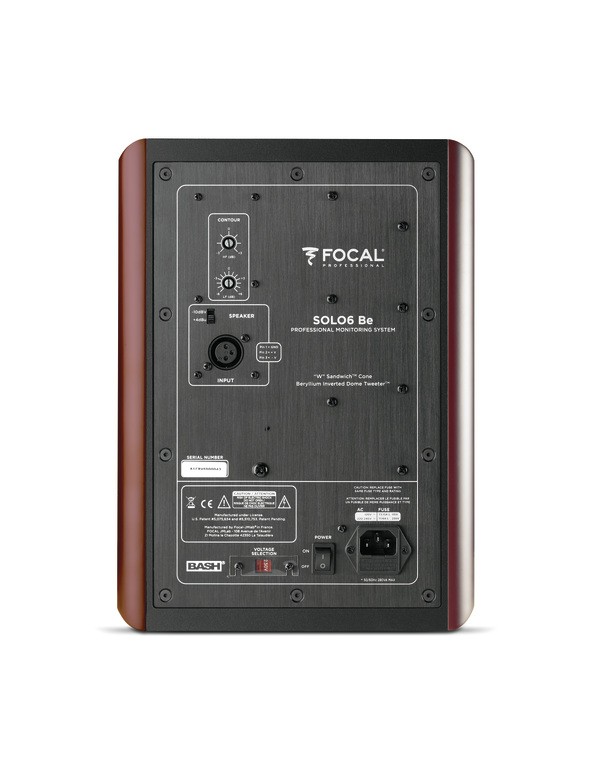
The Solo6 Be’s ship in a sturdy double-box, and are impeccably packaged for protection. The box includes the speakers themselves, an IEC power cord and the product manual. Solo6 Be’s are sold individually at a retail price of $1499, so you need to buy as many individual speakers as you’ll need for your use case.
While the price of $1499 for a single speaker may sound high, keep in mind that this includes a very beefy built-in amplifier, and Focal’s famous Beryllium tweeter that is typically only found on their expensive audiophile loudspeakers with a price of entry well above $5000. Each Solo6 Be weights in at approximately 24 lbs and is clearly built to last.
The cabinets of the Solo6 Be are rock solid when subjected to the low tech “knock test” and are very attractive to look at, with a cherry veneer on the sides and a satin black front and top. The Solo6 Be is built around a 6.5” Focal “W” composite driver which offers extreme rigidity, low mass and excellent damping to provide a transparent speaker with excellent phase response. The top end of the audio band is handed off to the aforementioned inverted dome Beryllium tweeter, a proprietary Focal design often lauded for its clarity, transparency and detail retrieval.
The integrated amplifier in each Solo6 Be is a two channel unit with 150W driving the 6.5” LF driver, and a 100W amp driving the tweeter. The result of all this power and engineering is a speaker with a claimed 113dB max SPL and a frequency response of 40Hz to 40kHz. Not too shabby! For full specifications, please see this link.
Getting the Solo6 Be’s installed in my office was quite simple, as I already use studio monitors in that room. I simply placed the Solo6 Be’s on my IsoAcoustics ISO-200 stands (an amazing investment for any desktop listeners out there), and connected the XLR input on the backplate of each Solo6 Be to my RME ADI-2 Pro DAC.
Focal offers a pair of adjustment knobs on the backplate to let listeners adjust the high and low frequency response to their acoustic environment, with HF adjustment of -3 to +3dB and LF adjustment of -6 to +6dB. An additional note to make is that the Solo6 Be offers a selector switch to choose the input level that is feeding the speakers. Most pro audio gear sends a higher voltage +4 dBu signal, while consumer gear sends a -10dBV signal which is approximately 11.8 dB lower. Be mindful of what you have feeding the Solo6 Be’s and adjust the switch to the -10dBV setting if that source is a piece of consumer audio gear.
Solo6 Be Listening Impressions
I’m no stranger to bookshelf sized monitors that can reproduce bass competently, yet even so the Solo6 Be was a true shock to my system. From the moment I had the pair of Solo6 Be’s turned on and began to listen to my test playlist on Qobuz, I knew I had a very different beast on my hands.
The first track on my test playlist is the title track of Nigel Stanford’s latest album Automatica. This track features a phenomenal driving synth bass line, and later pulls in a full drum line and melody. Even at my moderate initial listening level the Solo6 Be was astoundingly authoritative on the bass line, producing room filling bass that extended all the way down to the very lowest octaves.
The treble on the Solo6 Be and other Focal speakers has been characterized by some as “harsh” or “bright”. Upon my initial listen to the Solo6 Be I was able to understand that sentiment much better. Rather than having a truly bright or over-emphasized top end, the Focal Beryllium tweeter is simply ruthless because it is so true to the source material. Any flaws in the mastering process, any sibiliance from the recording or digital hash introduced during authoring is instantly noticeable. Where a silk dome tweeter might be more forgiving of these, the Focal Be tweeter is utterly merciless – reproducing every aspect of the recording in exacting detail.
I found that many more recent recordings with heavy compression had a tendency to sound harsh on the Solo6 Be, but once again found this to be a flaw in the recording rather than the transducer itself. Thankfully, Focal’s HF Contour knob allows for an easy cut in the treble to counteract this issue and for my needs a simple and temporary reduction of -1.5dB was the perfect answer.
Moving on to other recordings, I pulled up Tool’s latest album Fear Innoculum on Qobuz, as very few albums have the same degree of musical breadth and technicality. For those that haven’t heard this album, it represents a dramatic departure from Tool’s previous work and is a highly complex, nuanced production with instrumentation that will put any audio system to the test. Lead drummer Danny Carey’s work in this album is truly impressive, and his percussion work steals the show in many tracks. The Solo6 Be’s were more than up to the challenge of Fear Innoculum, taking me on a musical journey spanning nearly 90 minutes.
Once I had them dialed in with appropriate toe-in, I found the Solo6 Be’s had tremendous imaging, throwing a broad and deep sound stage with the ability to precisely localize elements of recordings without sounding overly clinical.
Moving on to theatrical content, I spent a solid afternoon watching various Netflix series on the Solo6’s and came away truly impressed by their performance below 80Hz. The amount of bass that these bookshelf sized monitors produce is truly impressive and could easily make many viewers happy without a subwoofer. While you lose some impact below 50Hz, the all important mid-bass region is where these speakers really show their stuff and may even outperform a less than optimally integrated sub+main setup.
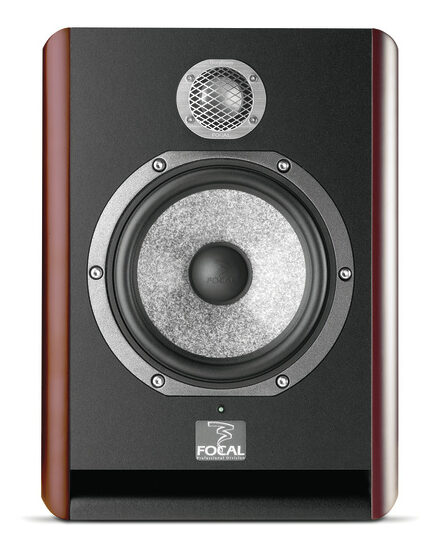
Conclusion
Studio monitors are a product most home theater enthusiasts don’t consider for their rooms, which I think is a crying shame. After all, the ability to reproduce music effectively is a good benchmark to measure any speaker by. Most of the films we enjoy watching are mastered on monitors like the Solo6 Be (or larger) and when paired with a competent sub there is no question that these speakers could form the foundation for a truly impressive home theater system.
The Solo6 Be is a great example of an over-engineered product targeted at the professional user that punches way above its weight. At a price of $1499 per speaker, there’s no question that the Solo6 Be is a fairly expensive speaker to build your system around if one doesn’t consider the components that go into each of these little beats.
The amplification in each Solo6 Be would cost several hundred dollars to purchase as an external amplifier, and will put the amp section of any AV receiver to shame. Couple this with an uber expensive beryllium tweeter only seen in more expensive Hi-Fi Focal speakers like the Kanta No1, which start at $6590 a pair for passive bookshelves and you’ve got a giant killer on your hands.
Not everyone has the space for, or can get spouse approval to put floor standing speakers into their listening space. Whether you’re looking for a solution for your living room, home office, home theater or studio, the Solo6 Be will more than meet your needs and deliver audio enjoyment that exceeds its price for years to come. Recommended.
Post Disclaimer
Some of our content may contain marketing links, which means we will receive a commission for purchases made via those links. In our editorial content, these affiliate links appear automatically, and our editorial teams are not influenced by our affiliate partnerships. We work with several providers (currently Skimlinks and Amazon) to manage our affiliate relationships. You can find out more about their services by visiting their sites.

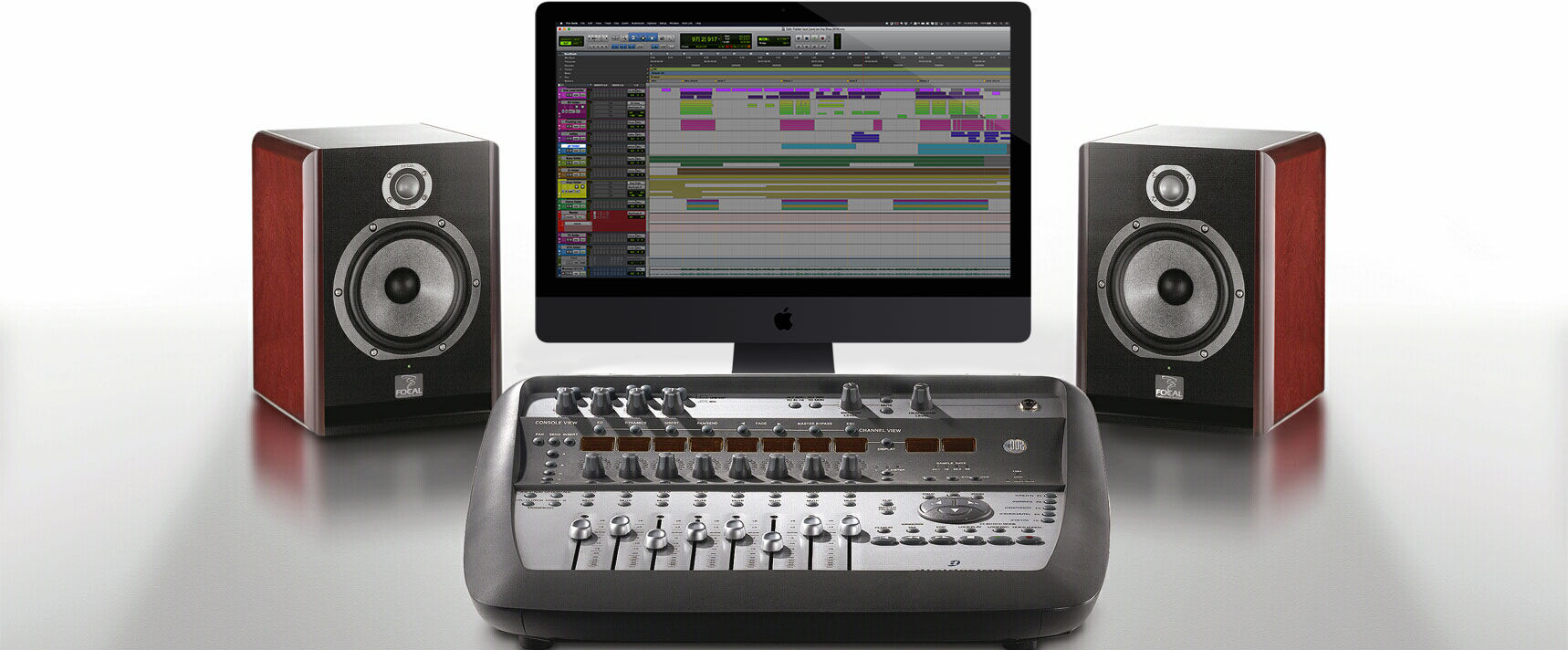

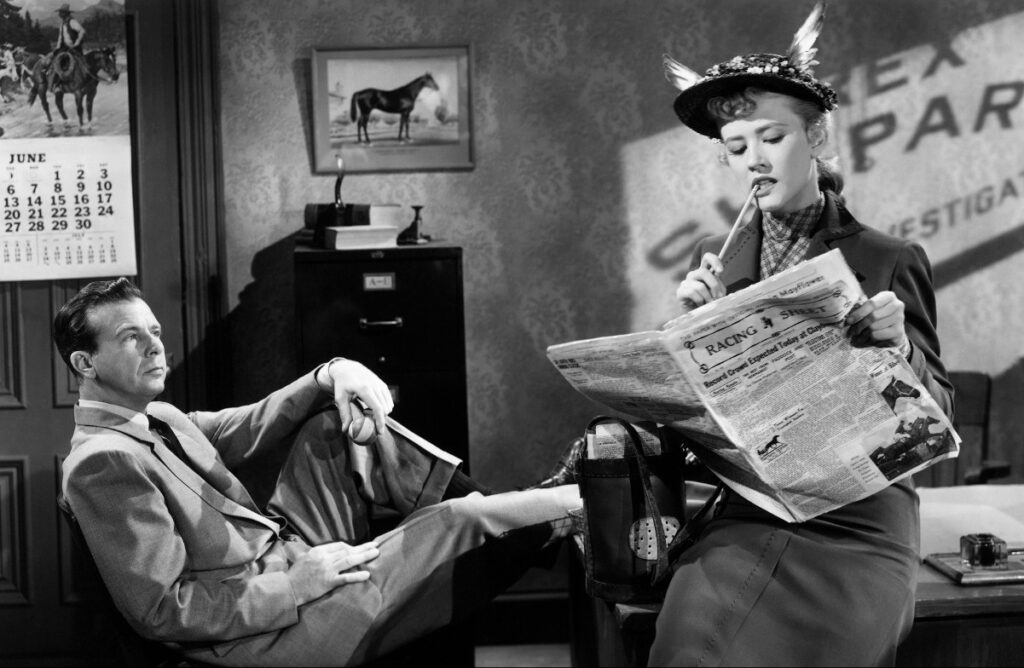

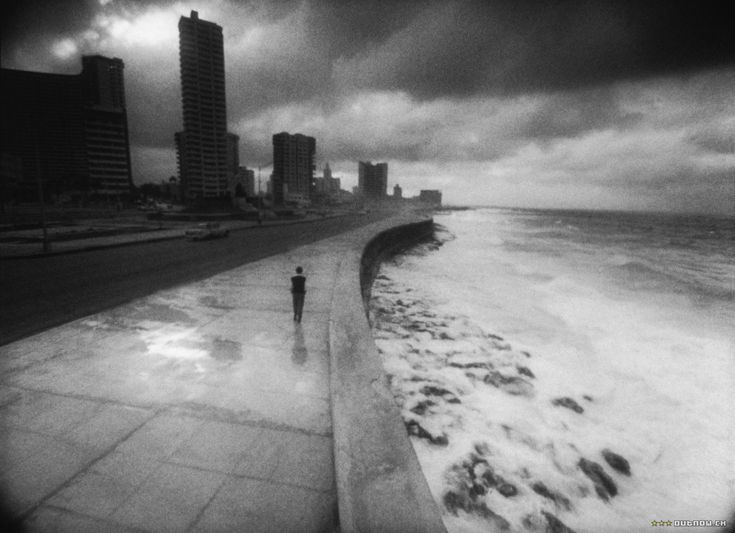

Similar threads